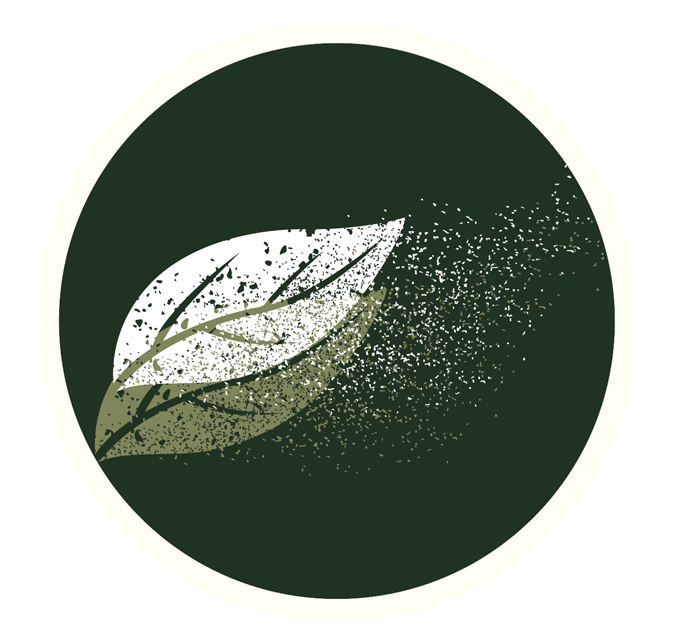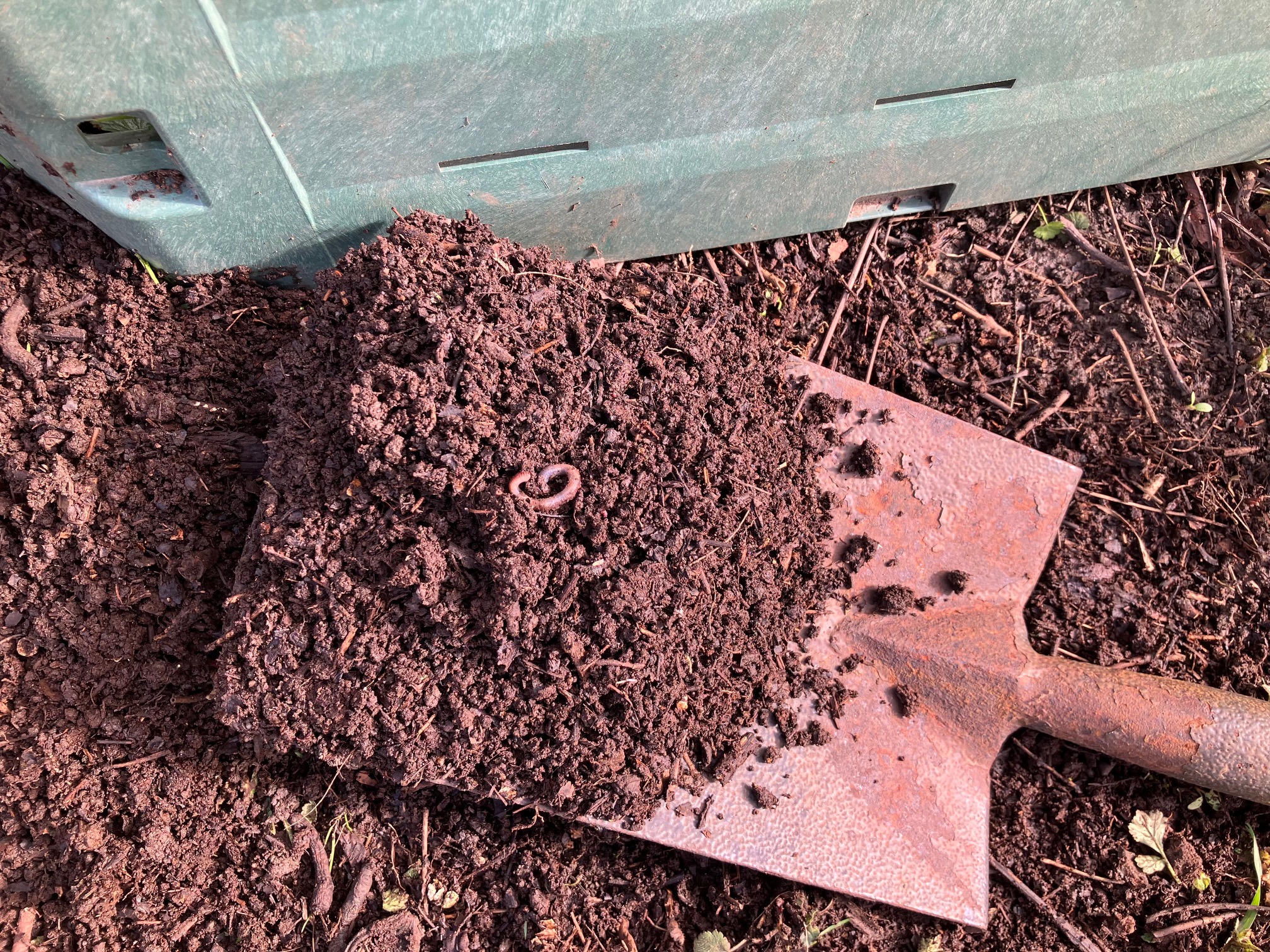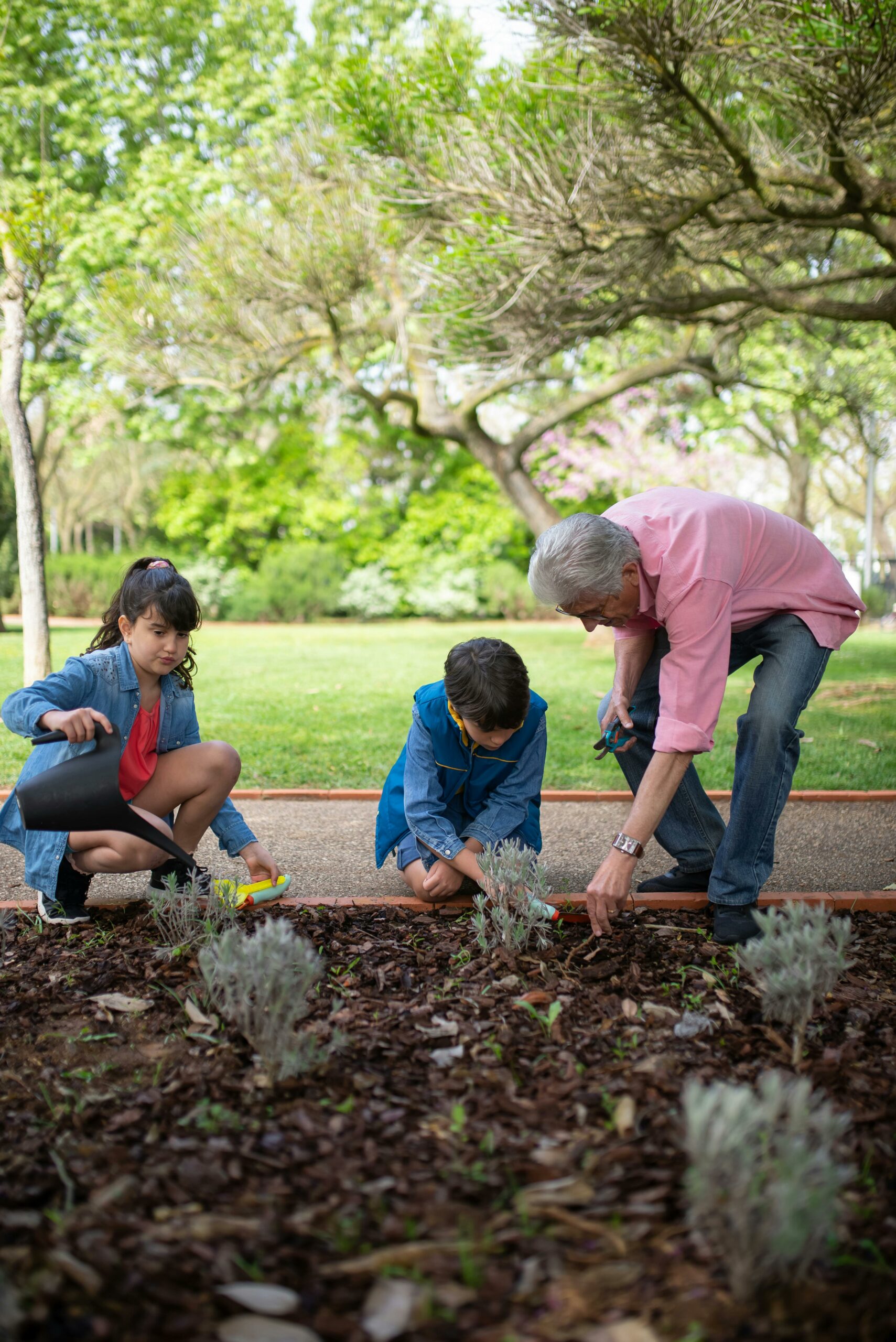If you’re new to composting it can be difficult to know which bin (or system, if you like to think in systems rather than bins) is best for your home and lifestyle. Our handy guide can help.
Food waste composter/digester
The Green Johanna Hot Composter and Green Cone Food Waste Digester are both designed to accept foods that regular garden composters don’t, such as cooked food, meat, fish and dairy, so all your food waste can go in together. Compare them to see which one best suits your needs.
Green Johanna Hot Composter
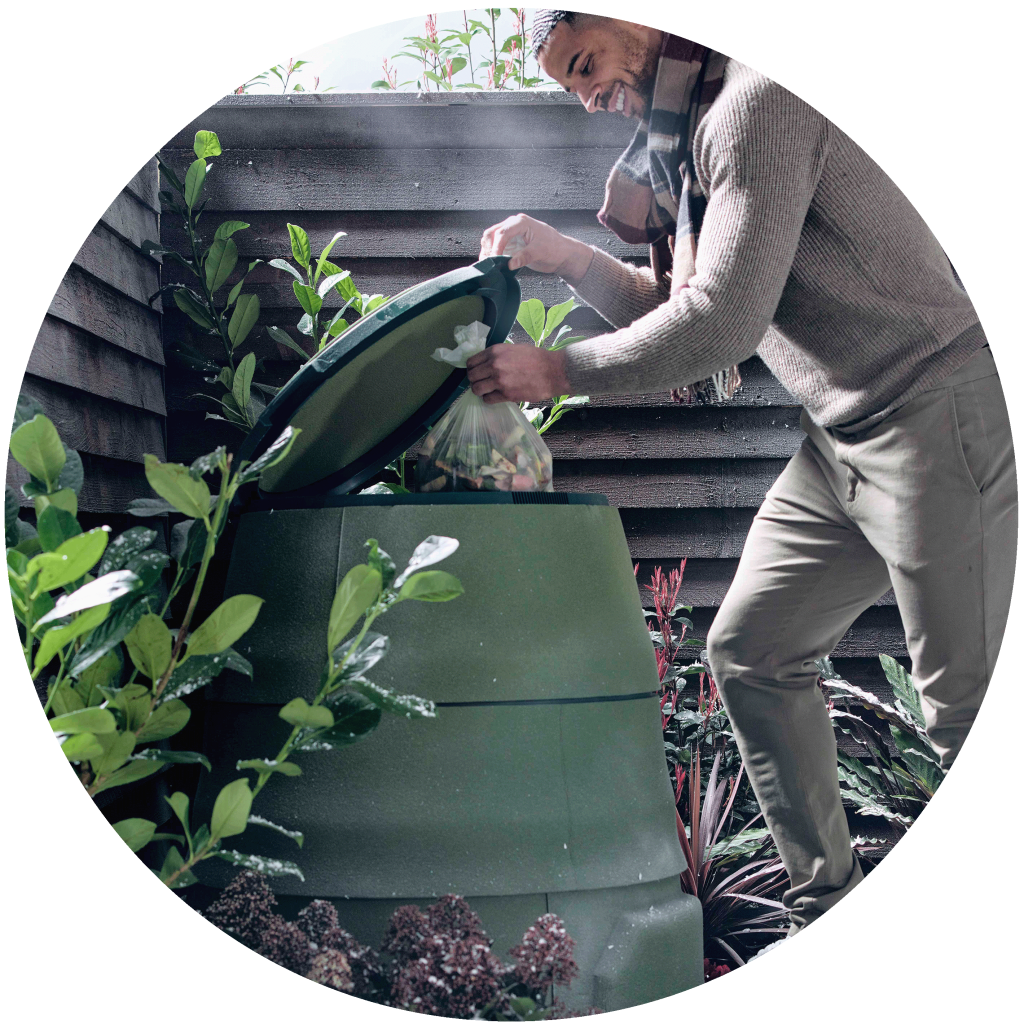
- Produces compost.
- Also accepts garden waste.
- Added waste should be a balance of nitrogen-rich content, commonly called Greens, (food waste/fresh grass cuttings/fresh green leaves) and carbon-rich content, commonly called Browns (chopped branches and twigs/wood chips/dead leaves/shredded paper and cardboard).
- Comes with aerator stick provided to aerate the contents regularly.
- Ideally placed on soil or grass
- One Johanna accepts the average food waste of a household of five and the garden waste from an average-sized garden.
- With hot composting techniques, higher temperatures are reached than with regular composting.
Green Cone Food Waste Digester
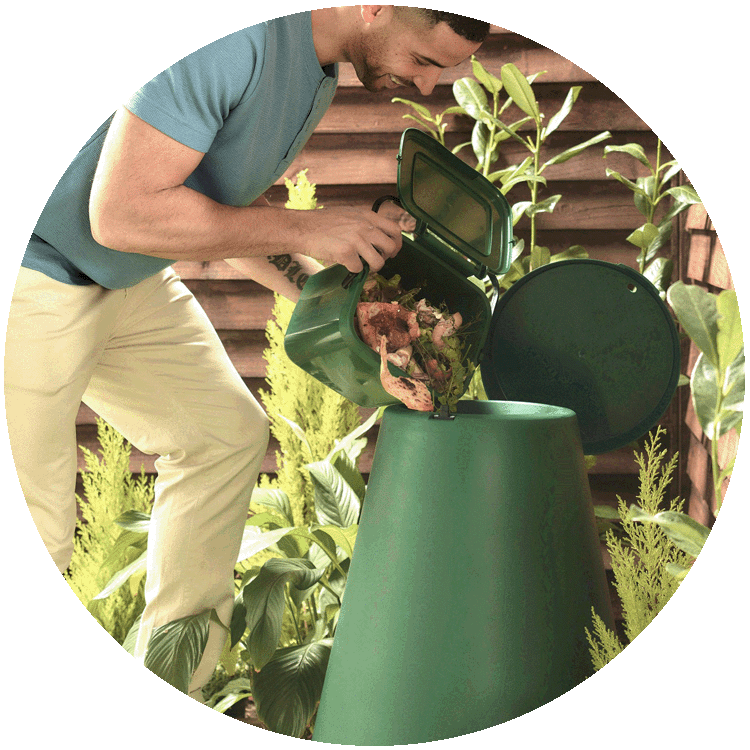
- Must be dug into a hole in free-draining soil (not clay or chalk).
- Accepts all food waste, even bones.
- Doesn’t accept garden waste or paper waste.
- Doesn’t produce compost – instead it produces nutritious water which drains from its underground basket and feeds surrounding soil.
- No turning or stirring required.
- Uses solar energy so requires a sunny spot.
- Comes with kitchen caddy provided.
Compost Tumbler (by Maze) 180 litre/245 litre
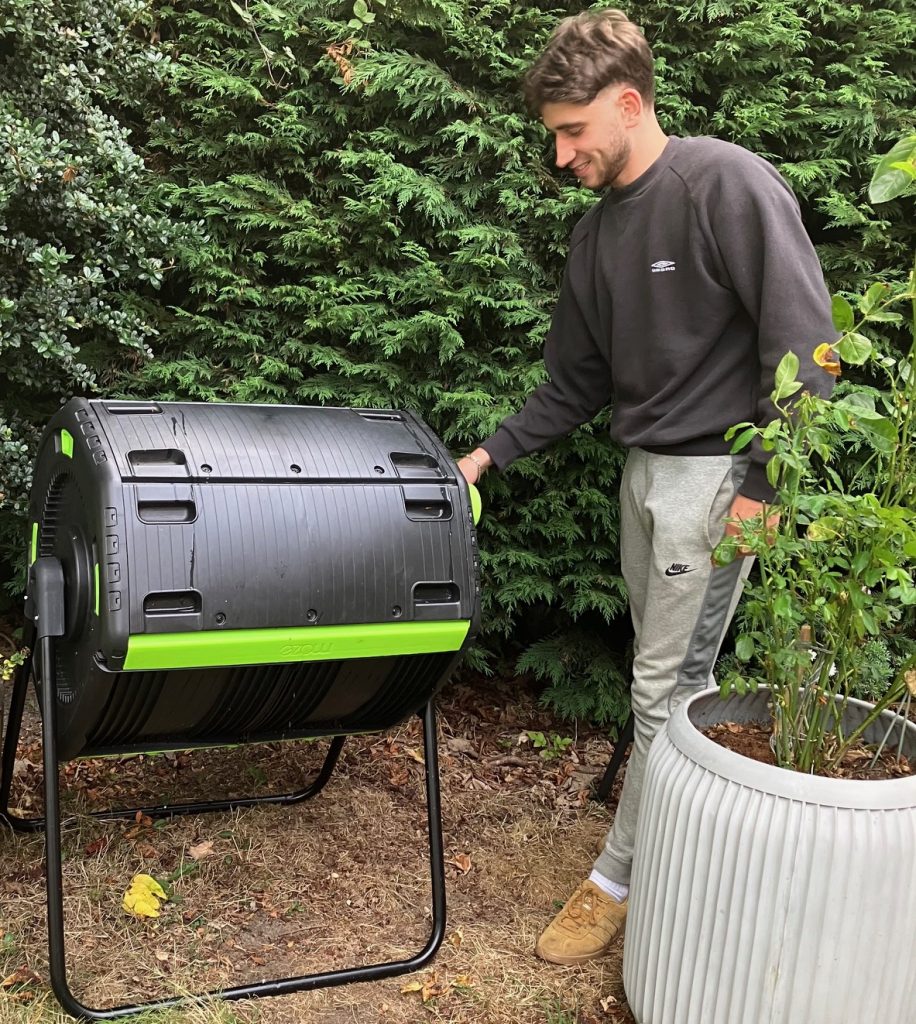
- Takes kitchen waste and garden waste. Accepts cooked waste if chopped up into small pieces and mixed in well with other waste.
- Cylindrical rotation design makes turning compost easy. Instead of manually stirring you turn the ratchet handle. The geared ratchet automatically locks rotation in any position.
- Two compartments mean non-stop composting – when the first compartment is full you start on the second.
- Can be hardstanding.
- A cart is available so that finished compost can be removed and wheeled where you want it in the garden.
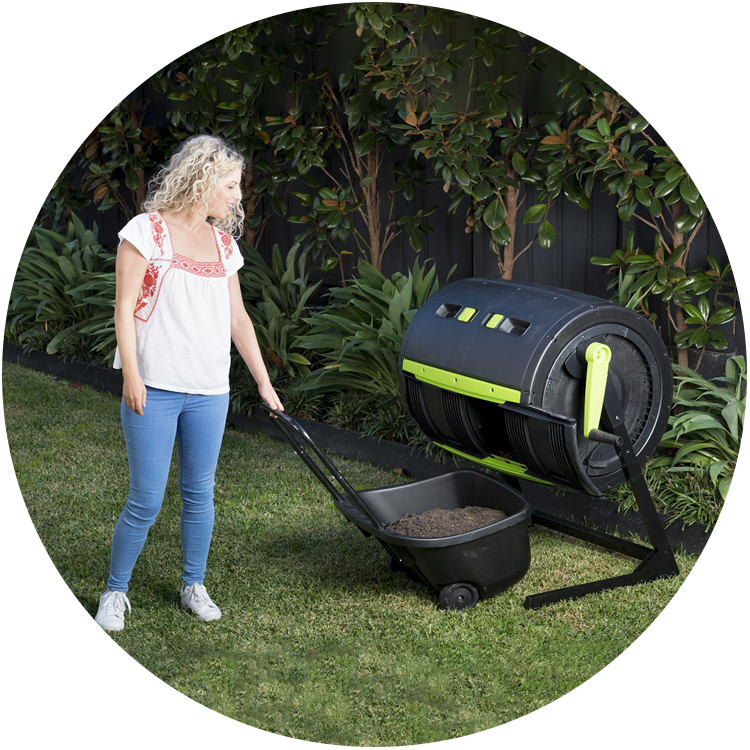
Traditional Garden Compost Bins
- Usually used for cold composting at low temperatures.
- Only take raw fruit and veg scraps, garden waste and paper/cardboard.
- Require a 50/50 mix of nitrogen-rich Greens and carbon-rich Browns.
- Available in plastic or wood. Plastic bins tend to be more robust but wood may be preferred for a natural look.
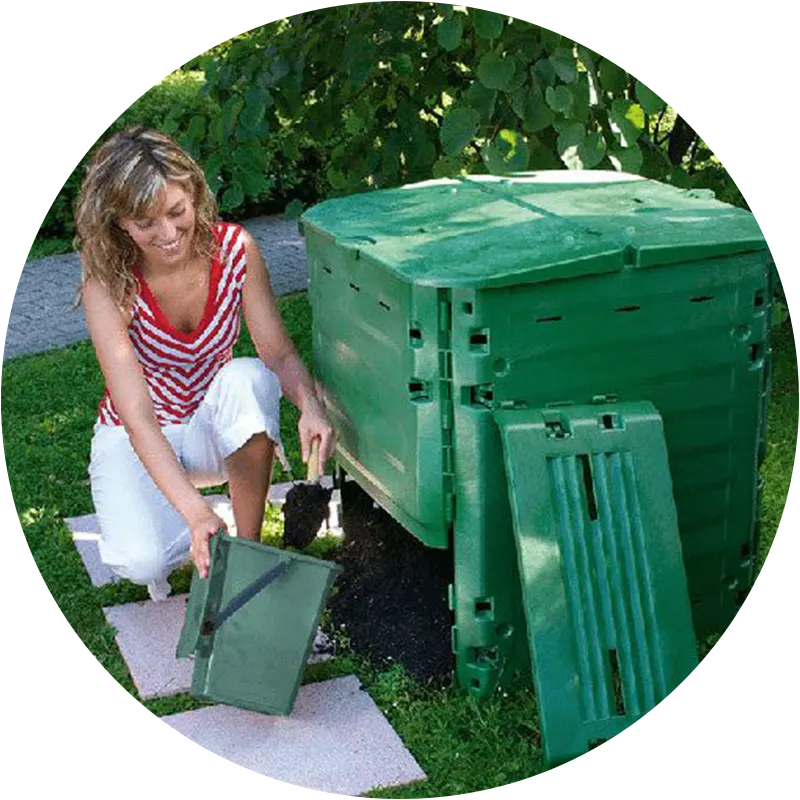
Lack of space?
Worm farms
Worm farms, also called wormeries, are ideal for small-scale composting and for introducing children to the fascinating world of worms, which is an education in itself.
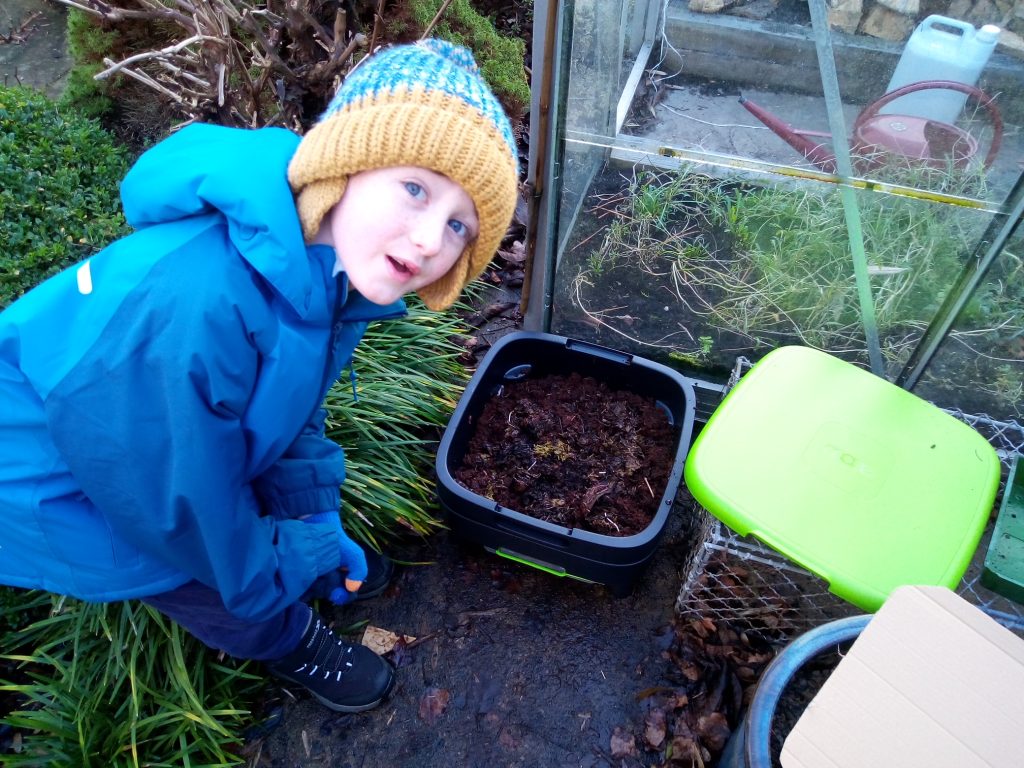
- Require a sheltered spot.
- Worms will digest many kinds of foods cut up into small pieces and other kitchen waste such as shredded paper, egg cartons, scrunched up newspaper.
- A little management is needed to maintain the ideal environment for your worms, so be sure to read the instruction booklet.
- Produce excellent worm-made compost – vermicompost – for your garden.
- Learning fascinating facts about these tiny eco-heroes is sure to turn children into composters of the future.
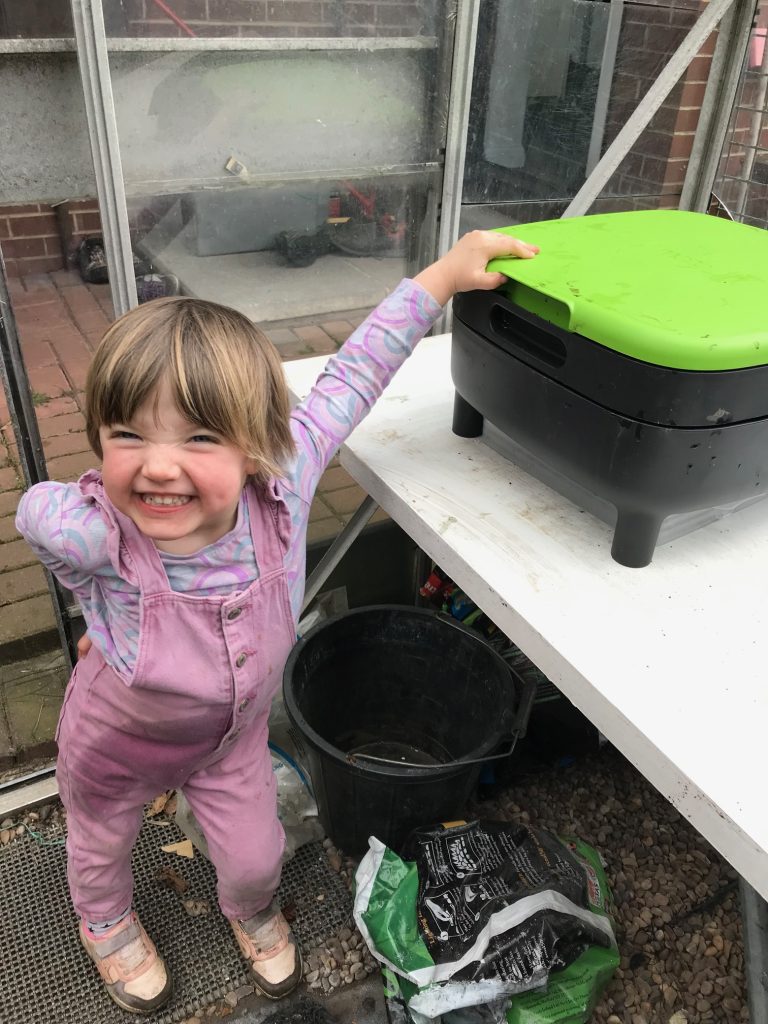
Bokashi Bins
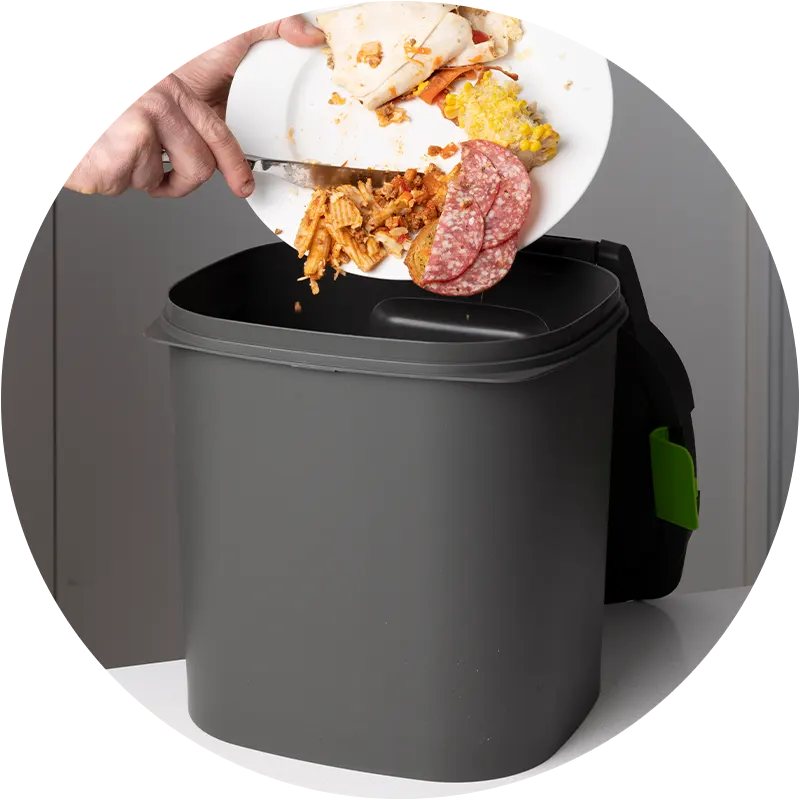
- Kitchen compost bins that can sit on a worktop or under a sink and accept all chopped-up food waste.
- Food waste is fermented, resulting in a pre-compost mixture which can be added to a compost bin or wormery, buried in soil in the garden or in large planters in order to break down into compost.
- Requires the addition of friendly bacteria in a bran or spray to accelerate fermentation.
- When full of food waste, the container is left sealed for two to three weeks for fermentation to take place anaerobically (without air).
- Nutritious liquid is drained from a tap at the bottom of the bin and can be used diluted as plant fertiliser or concentrated as organic drain cleaner.
- Bokashi comes from the Japanese term for ‘fermented organic matter’.
- Bokashi enthusiasts keep several bins on the go to ferment all their food waste.

